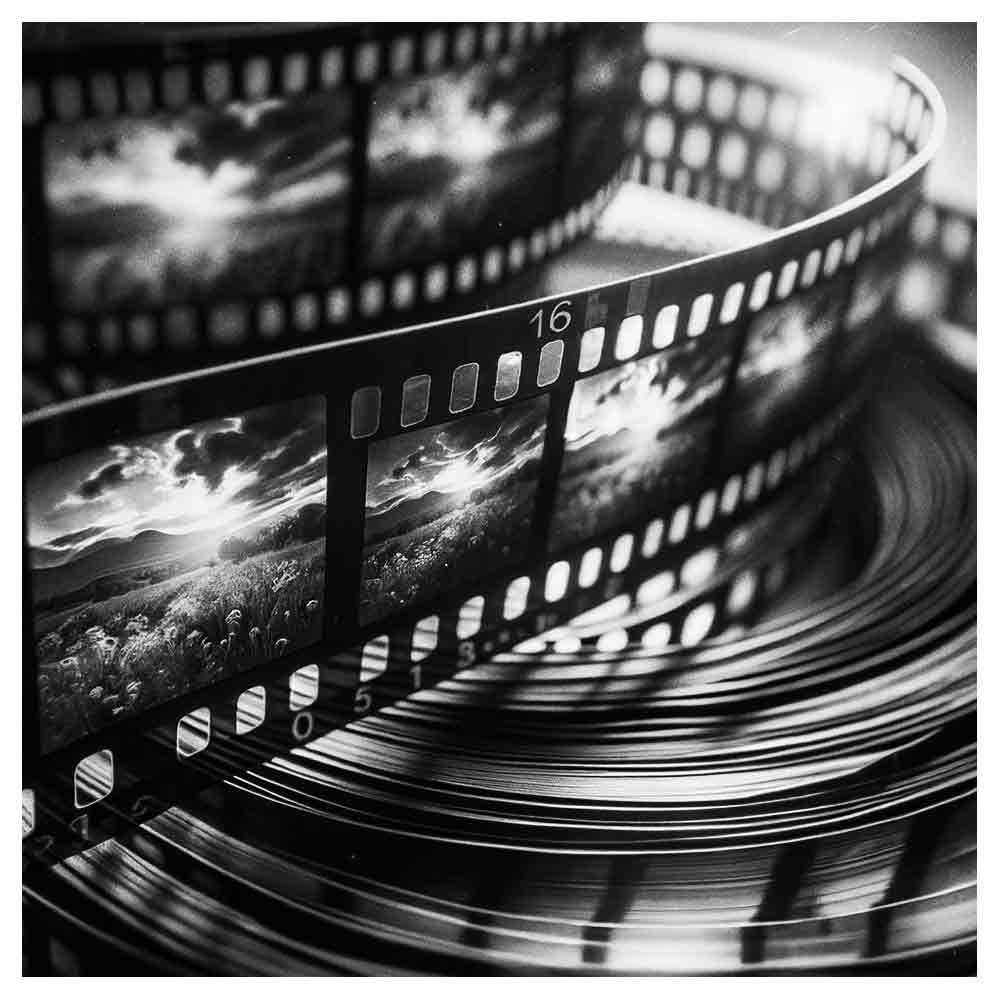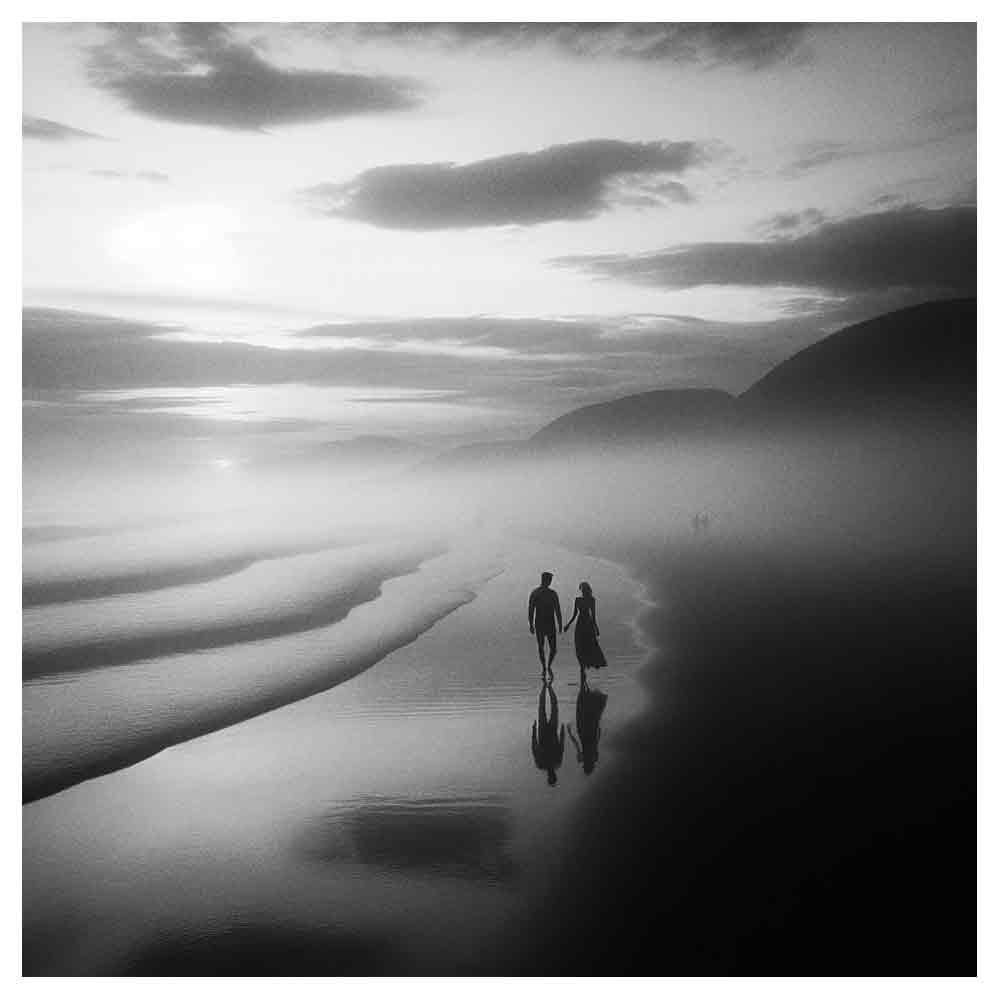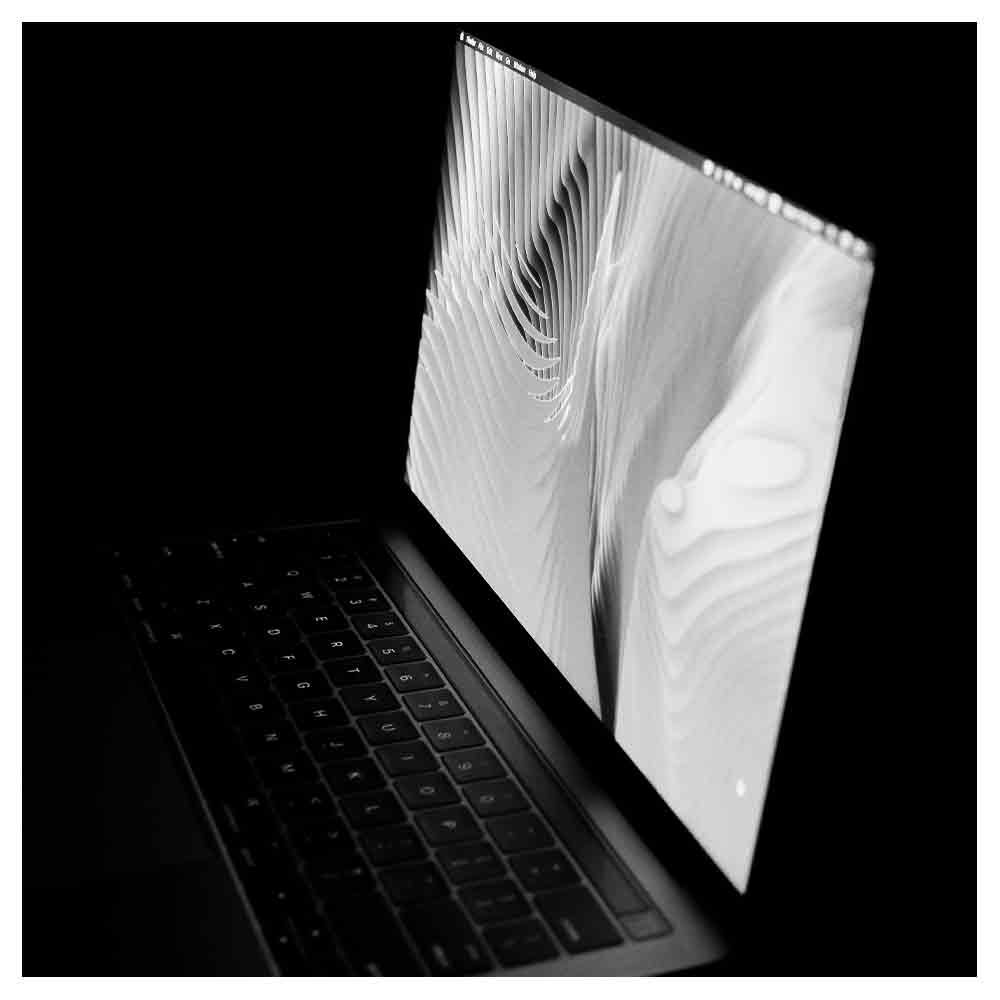What Is A Dutch Angle? A Dynamic Tool in Cinematic Storytelling
Have you ever watched a movie where the camera angles seemed a bit... off? Like the whole world on screen is tilted, leaving you feeling a bit uneasy?
Well, folks, batten down the hatches because you’ve just sailed into the tumultuous seas of the Dutch Angle!
What on Earth is a Dutch Angle?
The Dutch Angle, known to some as the Dutch tilt, canted Angle, or even the German Angle (talk about an identity crisis!), is a type of camera shot with a tilted camera angle to one side.
So, instead of the standard horizontal vertical lines, the horizon line becomes a chaotic slant, throwing everything off balance. It’s like the camera had too much coffee and can’t stand up straight!
Oblique Angles Galore: These tilted camera angles make everything look skewed and off. Vertical lines? Nope, they're on vacation here!
Where Did The Dutch Angle Come From?
This cinematic technique took its first breath in the hands of German filmmakers. Yes, the Germans! They used it to depict dark mental states and warped worlds, weaving a fabric of intensity and unease.
What Does A Dutch Angle Do?
The Dutch Angle is not just a camera having a hiccup; it’s a powerful tool in visual storytelling.
Enhancing Tension: Dutch angles enhance tension, make scenes scream a little louder, and create characters feel differently.
Displaying Disturbance: It's perfect for scenes where the main character is swimming in a sea of confusion or skulking in the shadows of uncertainty.
To Dutch or Not to Dutch?
Is the Dutch Angle the superhero of all camera shots? Well, not always. It’s like a spice - a dash here and there can make a dish dazzling, but too much, and you might find the cinematic soup a bit too zesty.
Pros: It’s visually striking! It makes the frame frolic with a dramatic effect, adding layers of perplexity and making the movie camera dance to a different rhythm.
Cons: Overusing it can lead to a visual overload, making the entire scene scream for mercy!
The Dutch Angle’s Playful Pals
It doesn’t play alone. No, it dances with other forms of camera shots, from the close-up to the medium two-shot, making the film’s visual storytelling as vibrant as a Nashville Film Institute festival!
The Decision: A Dutch Angle Verdict
Using the Dutch Angle can be as thrilling as a rollercoaster ride, sending the viewer's senses into a symphony of curiosity and confusion.
It’s a golden thread in the fabric of cinematic techniques, adding a dramatic flair that makes movies a magnificent maze of visual wonders.
In the court of creativity, the Dutch Angle holds a crown, breathing life into scenes, making them pulse with power, unpredictability, and a potent dose of cinematic pizzazz.
So next time you dive into the depths of a film, keep an eye out for the Dutch Angle’s delightful drama!
Frequently Asked Questions About the Dutch Angle Camera Shot (FAQs)
What is a Dutch Angle?
The Dutch Angle, also called the Dutch tilt, is a cinematic technique in which the camera is tilted to one side, creating a canted angle.
This oblique camera Angle isn’t just for show; it’s a visual storytelling device that makes the viewer feel the scene's imbalance, chaos, or tension.
Where did the Dutch Angle originate?
Despite its name, the Dutch Angle has strong roots in German expressionist films. The German filmmakers used it as a tool to convey dark mental states and warped reality.
When to use a Dutch Angle?
Use the Dutch Angle when you want the characters to feel differently or to enhance the dramatic effect in a scene.
For example, in "Mission Impossible," when Ethan Hunt feels the room closing in on him, the Dutch Angle brings us into his chaotic mind.
What are some famous examples that use the Dutch Angle?
Absolutely! Classic films like "The Third Man" and "Citizen Kane" embraced the Dutch Angle. In more modern imagery, think about "Fear and Loathing in Las Vegas," where the Dutch angles intensify the characters' loathing and distorted experiences.
What is the impact of the Dutch Angle on the viewer?
It plays with the viewer's senses, making the scene more dynamic and emotionally charged. The shifted horizon line of the shot and the unusual camera levels aim to make the viewer feel the characters' psychological states and the scene’s underlying tension.
What variations of Dutch Angle shots exist?
There’s quite a variety! From Dutch angle shots capturing an entire scene to close-up Dutch angles that focus intensely on the main character, the spectrum is vast.
Different camera shots and levels can also introduce nuanced feelings and perspectives.
How to achieve a Dutch Angle shot?
Tilt the camera to a certain tilt degree so the horizon line and vertical lines become oblique angles instead of standard horizontal and vertical lines.
It’s a simple camera technique but profoundly impacts film itself.
Any tips for someone new to the Dutch angle technique?
Experiment and observe! Watch movies like "Mission Impossible" or directors like Christopher Nolan or Guy Ritchie, who often use this technique.
Notice the Angle, the tilt, the scene, and how it makes you feel as a viewer.
Are there any criticisms of the Dutch Angle?
Like any other form of art, it's subjective. Some might find it disorienting or overused, while others see it as a powerful tool for conveying deeper emotions and a sense of drama.
How does the Dutch Angle contribute to visual storytelling?
It is like the cherry on top of a cinematic cake! It adds a layer of emotional intensity, helping to tell a more compelling story.
It lets the viewer dive deeper into the characters' minds and the filmmaker's vision.






























